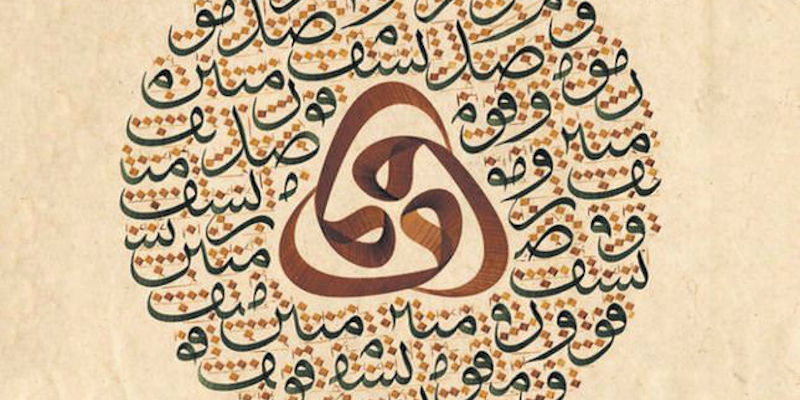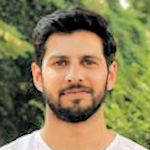
POSTPONED: Bridging the gap between art and nature: Beauty and aesthetic value in Ottoman Calligraphy Dr Bilal Badat, University of St Andrews
Event details
York Islamic Art Circle
Due to unforeseen circumstances this lecture is POSTPONED. Ticketholders have been notified. Please accept our apologies for any disappointment.
The question of what makes something ‘beautiful’ has been a long-standing area of artistic, philosophical, and theological inquiry. throughout the passage of history, deep intimations on form, colour, and harmony have motivated artists to pursue new and unexplored dimensions of aesthetic purity, impelled philosophers towards profound imaginations on the nature of beauty and the sublime, and inspired theologians to find proofs of the divine in the natural and physical world. in almost all such discussions, an engagement with beauty has been formulated as a conduit not only to a heightened sensory experience, but also emotional, imaginative, and spiritual enlightenment.
This talk seeks to participate in this discussion by exploring the nature, importance, and theological significance of beauty in Ottoman calligraphy. this it aims to do through active engagement with extant works, source-based based research, and interviews with artists and craftsmen whose perspectives enrich the study of beauty by providing insights into the aesthetic values and religious, theological, or mystical meanings associated with beautiful objects.
Due to unforeseen circumstances this lecture is POSTPONED. Ticketholders have been notified. Please accept our apologies for any disappointment.
About the speaker

Dr Bilal Badat
Bilal Badat is an archaeologist and art historian specialising in the history of Islamic calligraphy. Bilal completed his masters in Islamic Art and Archaeology at the University of Oxford, and wrote his doctorate on the concept of pedagogy and style in Ottoman calligraphy at the Prince's School of Traditional Arts. As part of his research, Bilal studied calligraphy in Istanbul for over five years under master calligrapher Efdaluddin Kılıç. Currently, Bilal teaches Ottoman Art and Architecture and Art of the Renaissance in Italy and Northern Europe at The School of Art History, University of St. Andrews.